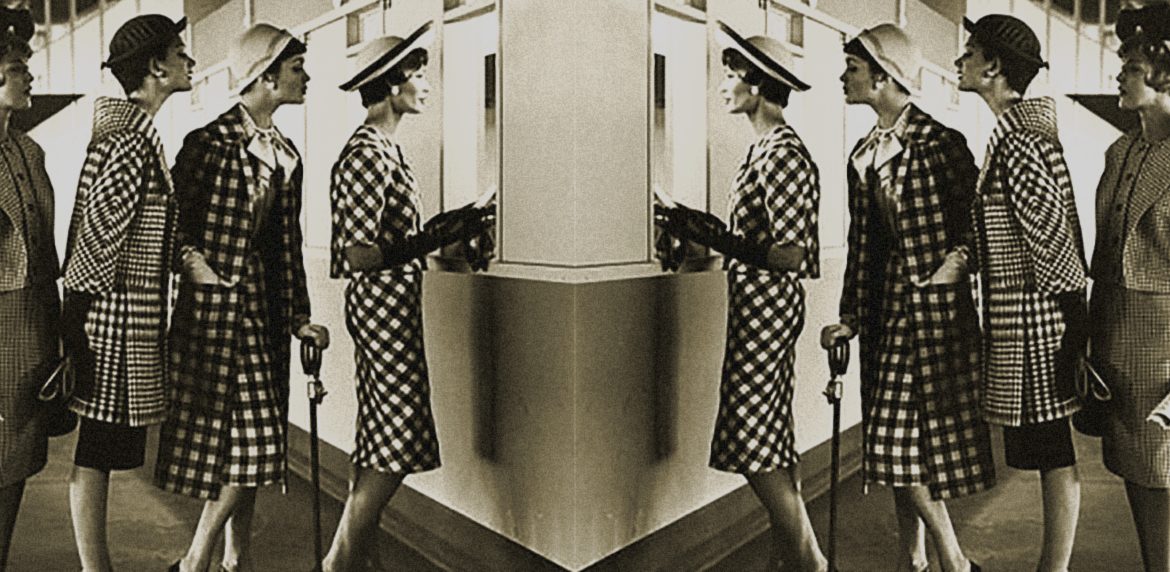The Kentucky Derby is a place to kick back, enjoy some fine sport, and maybe even win some money; however, it has always been, above all, a social event. Inspired by the ritzy and elegant customs of the British and French Derby traditions, Col. Meriwether Lewis Clark Jr. sought to bring this type of high society event to America in the late 19th century. The racetracks back home were not proper environments for respectable ladies of society and were mostly viewed as places of ill-repute, full of sin and vice. Turning Derby attendance into a showcase for the newest in high fashion was a deliberate attempt by its early proponents to transform horse racing in America from a seedy event of drinking and gambling into the posh affair of drinking and gambling that it is today.
Traditional “Morning Dress” for upper class women at the time of the race’s inauguration included many accessories, and although things like gloves and parasols have fallen out of fashion, the tradition of Derby hats has remained an essential accessory and enduring symbol of the legacy of this careful transformation. Like many modern applications of old cultural traditions, it has since taken on a life of its own as Derby-goers strive to outdo themselves with each passing year. The annual race has become the fashion event it was always intended to be, and an excuse for spectators to pull out all the stops and wear something truly extreme. A place to see and, more importantly, be seen.


